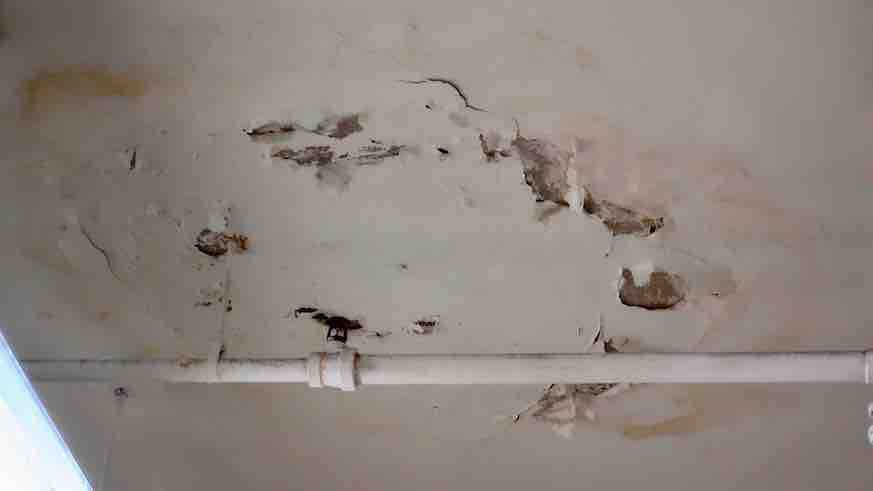New reports indicate that Philadelphia school children are regularly exposed to far higher levels of environmental contaminants than is considered healthy. Lead paint, well-known as a potential cause of brain damage in children, was found in many schools, according to a recent investigation by the Philadelphia Inquirer, along with other hazards like asbestos and mold.
“With these kinds of exposures, to lead, mold, asbestos, the effects are insidious, they are cumulative, and they often don’t show up for a while, and they can be subtle,” said Jerry Roseman, director of environmental science at the Philadelphia Federation of Teachers. “A child with lead poisoning might look like he has ADD and some other kind of thing, and you might never know. The asbestos hazard would take many years to show up, not until after the kid would be out of school.”
The Inquirer’s series “Toxic City” has examined environmental hazards around Philly for years, previously investigating Philly’s housing stock with lead paint. They found some Philly classrooms have lead dust at 150 to 300 times over federal standards.
They also reported on the case of Dean Pagan, a 6-year-old at Comly Elementary who reportedly ate lead paint that crumbled off a ceiling onto his school desk in a classroom the District knew had peeling lead paint. He was later hospitalized for severe lead poisoning nine times above the level that can cause permanent, lead-related brain damage. (The child is still being monitored to determine the full extent of damages.)
“That student was completely unknown to us until a teacher saw the child eating paint chips, got in touch with school counselors, a nurse, parents and he was tested,” Roseman said. “You could have many, many children in that situation and you wouldn’t know.”
Superintendent Dr. William Hite authored an op-ed in the Inquirer responding to the article, saying that the District has $4.5 billion worth of needed repairs, citing their efforts to clean up and remove water systems with lead pipes, and calling for “an all-hands-on-deck effort from every neighborhood in this city” to repair aging schools.
But that rang hollow to PennEnvironment Executive Director David Masur, who worked with Roseman to bring more attention to school environmental hazards.
“We’ve argued that they’re not prioritizing where they spend money correctly,” Masur said. “Lead is unsafe at any level, the American Academy of Pediatricians, the EPA say that — it’s very clear. So you start there.”
Despite Hite’s promises, Masur and Roseman said the public and parents need to call on leaders to ensure schools are cleaned up. There is no law currently banning lead paint in schools.





























